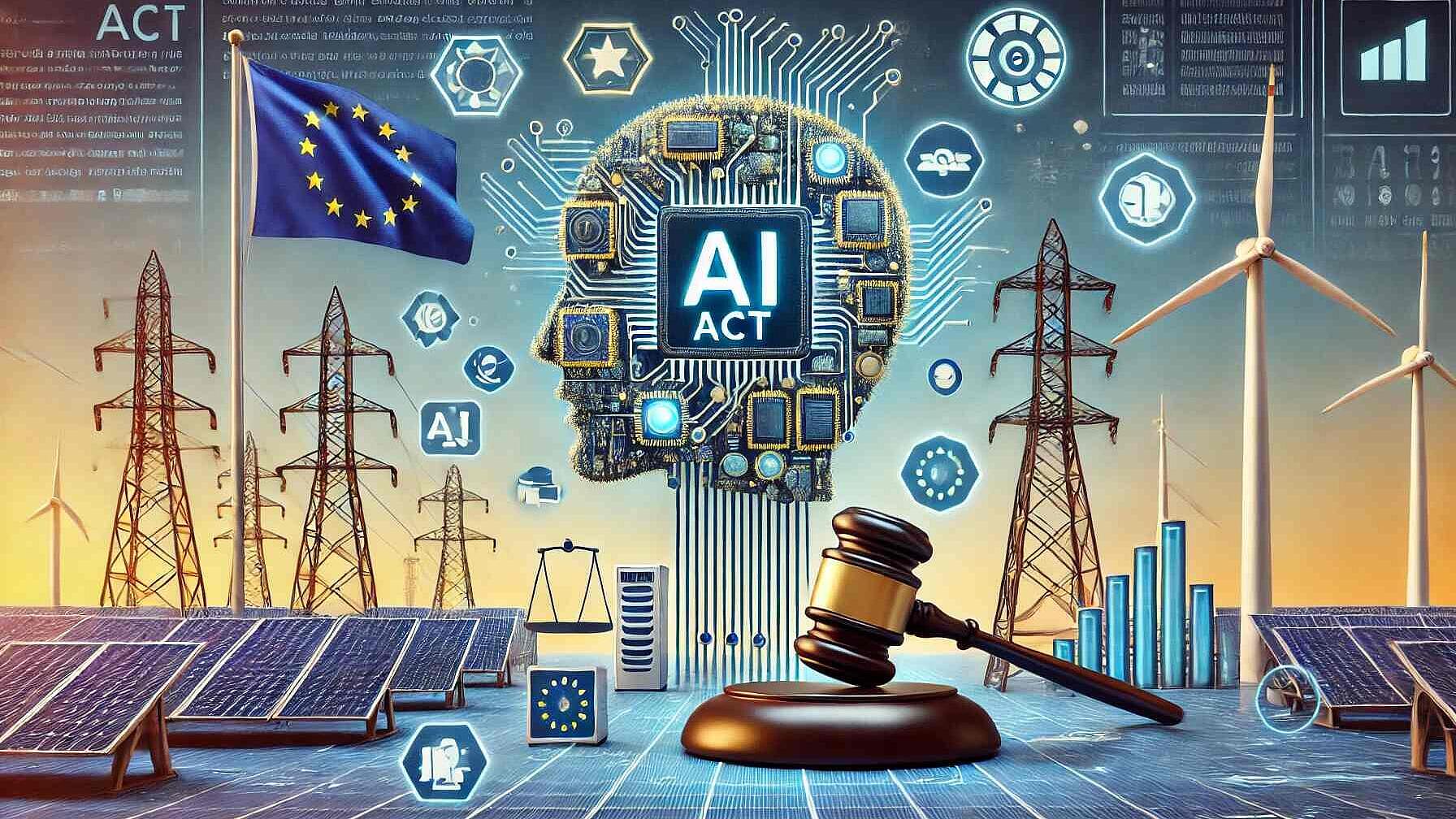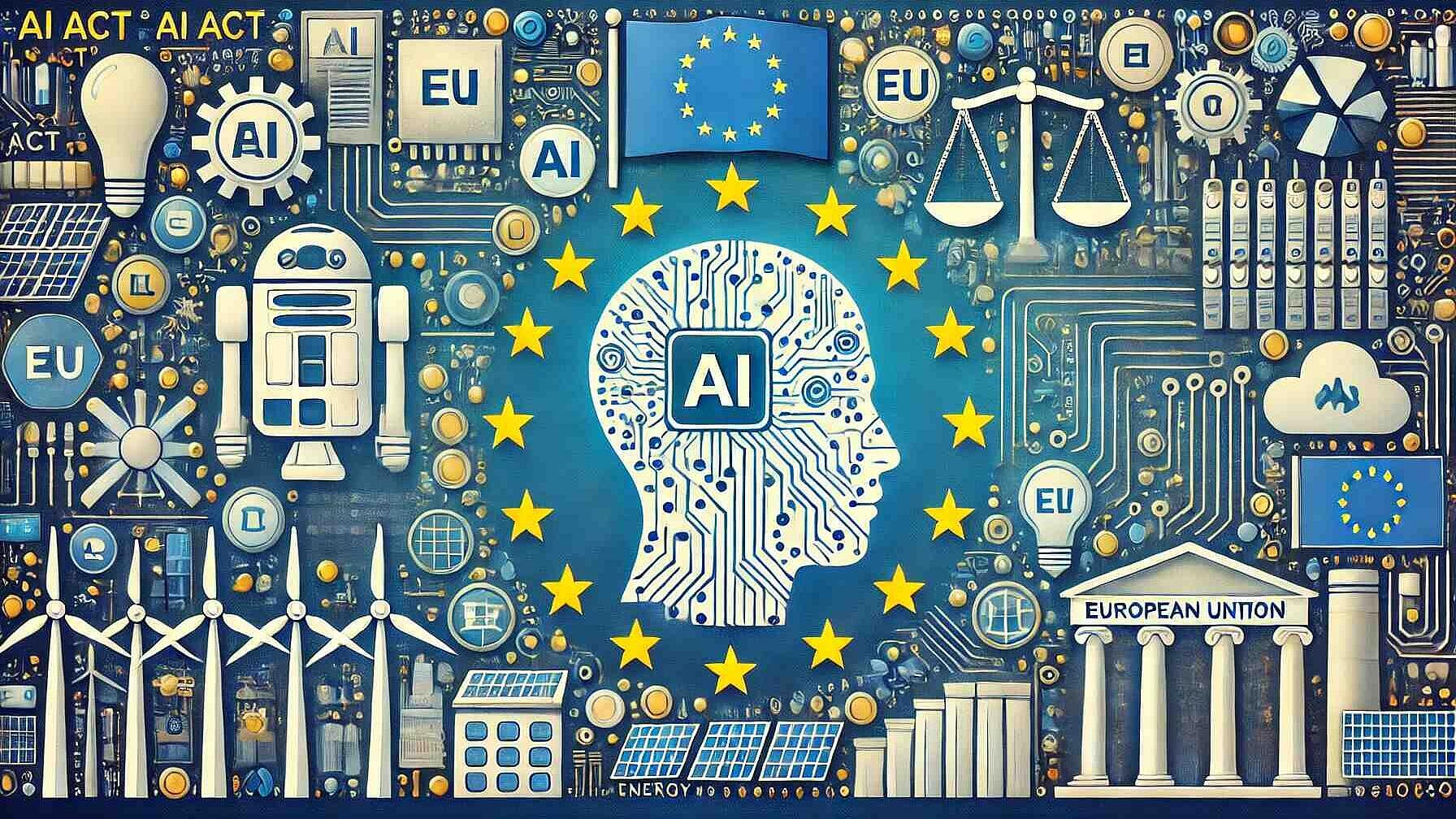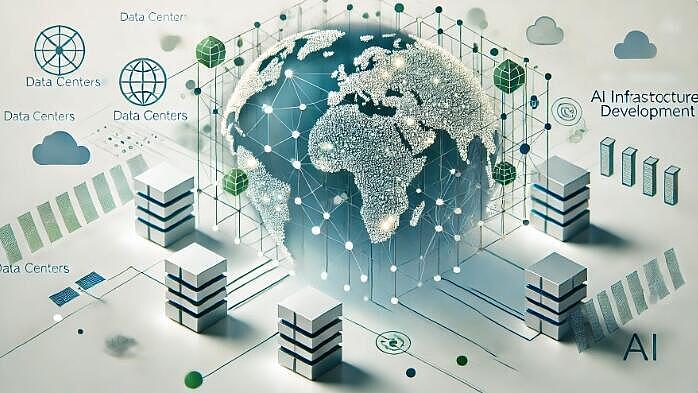 Digitalisation
DigitalisationBusiness Practices
Digital Transformation of Energy Utilities – Shifting Gears?
Summary
Since 2014, utilities have been increasing their investment in digital infrastructure. This is the key finding of the IEA report energy and digitalization. The report provides a detailed overview on how digitalization changes energy consumption in transportation, the industry and the residential sector. But despite these positive developments, the utilities investment aiming at digitalization remained rather constant in the other areas, especially in software solutions. Data analytics are the key to success in transforming an energy business towards a digital energy business. While most utilities have started to hire data analysts, the adoption rate of state-of-the-art digital technology still lagsÂags behind nearly all other sectors. A recent study by Boston Consulting Group (BCG) and MITSloan Management review (MIT) provides one nice example that illustrates the gap between utilities and other sectors when it comes to the application of new digital technology and machine learning and artificial Intelligence. and machine learning is the lowest in the energy sector.
Open full article
Digital Transformation of Energy Utilities – Shifting Gears?
Since 2014, utilities have been increasing their investment in digital infrastructure. This is the key finding of the IEA report “energy and digitalization” which was published in November 2017. This report provides a detailed overview on how digitalization changes energy consumption in transportation, the industry and the residential sector.
To us, the most interesting part of the report is the one focusing on the utilities’ investment in digital infrastructure. The first remarkable conclusion that can be drawn from the IEA’s data is that the utilities’ investment related to digitalization increased by 50% from 2014 till 2016. While utilities committed around 31 $billion to digital infrastructure in 2014, this number rose to 47 $billion in 2016. Primary drivers for this growth are the investments in charging infrastructure for electric vehicles, which grew from 1 $billion in 2014 to 6 $billion in 2016, and the smart meter rollout which resulted in twice as much spending in 2016 than in 2014.
 |
|---|
Figure 1: Investment in digital electricity infrastructure and software (source: IEA 2017)
But besides these two positive developments, the utilities’ investment aiming at digitalization remained rather constant in the other areas, especially in software solutions. Which story do these numbers tell? Is the energy sector addressing digitalization and committing to this by investing in digital solutions? Do utilities push a digital transformation?
EV chargers and smart meters enable technologies for digital transformation
Digital transformation, as opposed to digital optimization, strives to develop new revenue streams from products or new business models. Optimization, on the other hand, describes the process of a company applying digital solutions to its existing processes to increase efficiency and revenues from these established products. If you would like to learn more about the difference between digital transformation and optimization we recommend this post by Clinton Boulton (2017). Both, digital transformation and optimization are important for the energy sector. However, while digital optimization is a good short-term strategy, the long-term strategy must be to find ways to digitally transform the business model of utilities.
The investments of the utilities in EV chargers and smart meter might be a first step towards digital optimization, but they do not per se imply that utilities start a digital transformation. Rather, these technologies are two out of many technologies required to make the energy sector digitally ready. Especially smart meters increase data availability, which is the basis for digitalization. Further enabling technologies are smart transformer stations or other sensors in the networks. However, investments in infrastructure technologies other than EV chargers and smart meters, which are summarized in the category of smart grid infrastructure by the IEA in figure 1, remained rather constant in the period from 2014 to 2016. In 2016, investment in smart metering exceeded the total investment in all other smart grid infrastructure by nearly 20% (2 €billion difference). Besides the networks, utilities focus their investments related to digitalization on the building sector, often referred to as smart home appliances. Here, utilities are investing a constant amount of roughly 10 billion annually (IEA 2017).
Software investments remain constant on a low level
Not surprisingly, investment in software solutions have remained rather low compared to asset-based investments. This is due to the fact that software is less capital-intense than assets. Still, it is remarkable that while data availability should increase significantly due to the increased investment in data-gathering technologies in networks (e.g. smart meter) and buildings (smart home), the utilities are not investing in software solutions to make use of this data. One reason for this might be that the existing solutions that the utilities apply are already capable of handling and analysing this new and huge amount of data. That they are actually using this capability seems very unlikely since big data, machine learning and Artificial Intelligence (AI) are not the standard software technology in the energy sector so far.
From hardware to software – are utilities making this step?
Data analytics is the key to success in transforming an energy business towards a digital energy business. While most utilities have started to hire data analysts, the adoption rate of state-of-the-art digital technology still lags behind nearly all other sectors. A recent study by the Boston Consulting Group (BCG) in cooperation with the MITSloan Management review (MIT) provides one nice example that illustrates the gap between utilities and other sectors when it comes to the application of new digital technologies, in this case Artificial Intelligence (AI) and machine learning. BCG interviewed more than 3,000 industry experts, among them experts from the energy industry and technology companies that are developing AI or deep learning solutions. Two observations were made in the survey related to the energy sector:
- Current adoption rate of Artificial Intelligence is the lowest in the energy sector.
- Expectations of the future impact of Artificial Intelligence are the lowest in the energy sector
The following figures from BCG & MIT illustrate these two observations.
 |
|---|
Figure 2: Expectations for AI adoption across industries: impact on offerings (BCG & MIT 2017)
Figure 2 summarizes how many of the surveyed experts think that AI has already today (red) a significant effect on the companies’ offering and the share of experts that think that AI will significantly influence the companies’ offerings in 5 years (blue). As we can see, on average, only 15% of the asked experts believe that AI has a significant influence on today’s offerings in all the analysed sectors. Yet, it is the energy sector (together with the public sector) where the current adoption rate of AI seems to be the lowest, according to the BCG data. Not surprisingly, AI seems to have the highest impact on the offers of the technology and telecommunication sector today and in the future. While AI’s influence of today’s offerings is rather low in all other sectors, the future expectations differ significantly between the sectors. Especially the experts’ expectations for the role of AI in the energy sector alongside the public sector seems to be rather exceptional, in a bad sense. While on average 65% of all experts expect AI to have a significant effect on the future offerings in the evaluated sectors, less than 50% think so in the case of the energy sector.
A similar, but less extreme picture results when the experts were asked the same question, but this time related to the effect of AI on current and future processes in the different sectors, summarized in figure 3.
 |
|---|
Figure 3: Expectations for AI adoption across industries: impact on processes (BCG & MIT 2017)
While the interviewed experts see the lowest adoption of AI solutions in processes in the energy sector today, there is a potential that this will change within 5 years. Still, 55% of the experts that participated in the BCG survey think that AI will have a significant influence on processes in the energy sector in 5 years. Here, the energy sector reaches the second lowest score, but is much closer to the average (58%) than in the case of AI’s expected influence on the offerings in the energy sector.
While AI is just one of the advanced digital technologies out there, the survey of BCG provides a nice indication of where the energy sector stands in terms of digitalization beyond investment in digital infrastructure: It is only competing with the public sector for the title of the least innovative market when it comes to AI!
Potential applications for AI in the energy sector – the low hanging fruits
Now, there are two options why AI plays such a comparably low role in the energy sector from the experts’ perspective: Either there are less use-cases for AI in the energy sector than in all other sectors. Or, utilities struggle to adopt this new technology. To give a first indicative answer to this question we would like to refer you to a post on Medium by Tadas Jucikas, co-founder and CEO at Genus AI, who provided a worthwhile summary of current projects that apply AI to the energy sector. Here are some of the examples Tadas provided in his post:
- Most prominently, Google’s deepmind team achieved a cost reduction of 15% in one of Google’s data centres by letting deepmind optimize the energy management system.
- National Grid, the transmission system operator in UK, partners with the deepmind team to apply AI to balance the networks. With this project National Grid expects a cost reduction of 10%.
- IBM’s Watson technology is applied for weather forecasting and a renewable forecasting model, which is supposed to be 50% more accurate than the next best PV-forecast on the market.
- Especially in the field of weather forecasting and renewable production predictions AI seems to offer a huge potential. Different projects, for example one at Oldenburg University, Germany, currently reached an increase in prediction accuracy for wind power production by 24% compared to the state-of-the-art solution in the market.
These are just a few examples of different applications of AI in the energy sector. While this list does not provide a basis to judge whether there are more or less use-cases for AI in the energy sector than there are in other sectors like healthcare, financial or public services, it indicates that there are at least some use-cases. Even more, the fact that the deepmind-team is focusing its efforts on the energy sector might give a hint that the energy sector might actually be a very attractive area for the application of AI.
Energy companies’ digitalization seems to be a hardware business, while the real action happens on the software-side
The data from the IEA reveals that utilities’ investment in digitalization is hardware-based, focusing on smart meters and EV charging. Investment in software, however, seems to be lagging behind with no increase in budget over the last three years. With respect to new software solutions, like AI, the energy sector currently comes in last compared to other sectors and will do so in the future according to the survey by BCG quoted in this post. Nevertheless, there are currently many solutions based on AI, machine learning or other digital approaches available to the utilities. Which leaves us with the question whether utilities will pick up the challenge to adopt these new technologies like AI and apply them to their core-business?
Originally posted here
Related articles - utilities
- New Utility Business Models: leverage customer base, by Juergen Ritzek
- Cleantech startups: German utilities bridging the valley of death?, by Marius Buchmann
- Game Changers in the energy system, by Juergen Ritzek
- Utility of the future, by Juergen Ritzek
Related articles on AI
- Energy Data Insights: The Missing “Smart Step” to Better Building Performance, by Juergen Ritzek
- Artificial Intelligence in Energy Management Software, by Juergen Ritzek
Best ideas for Energy Efficiency



